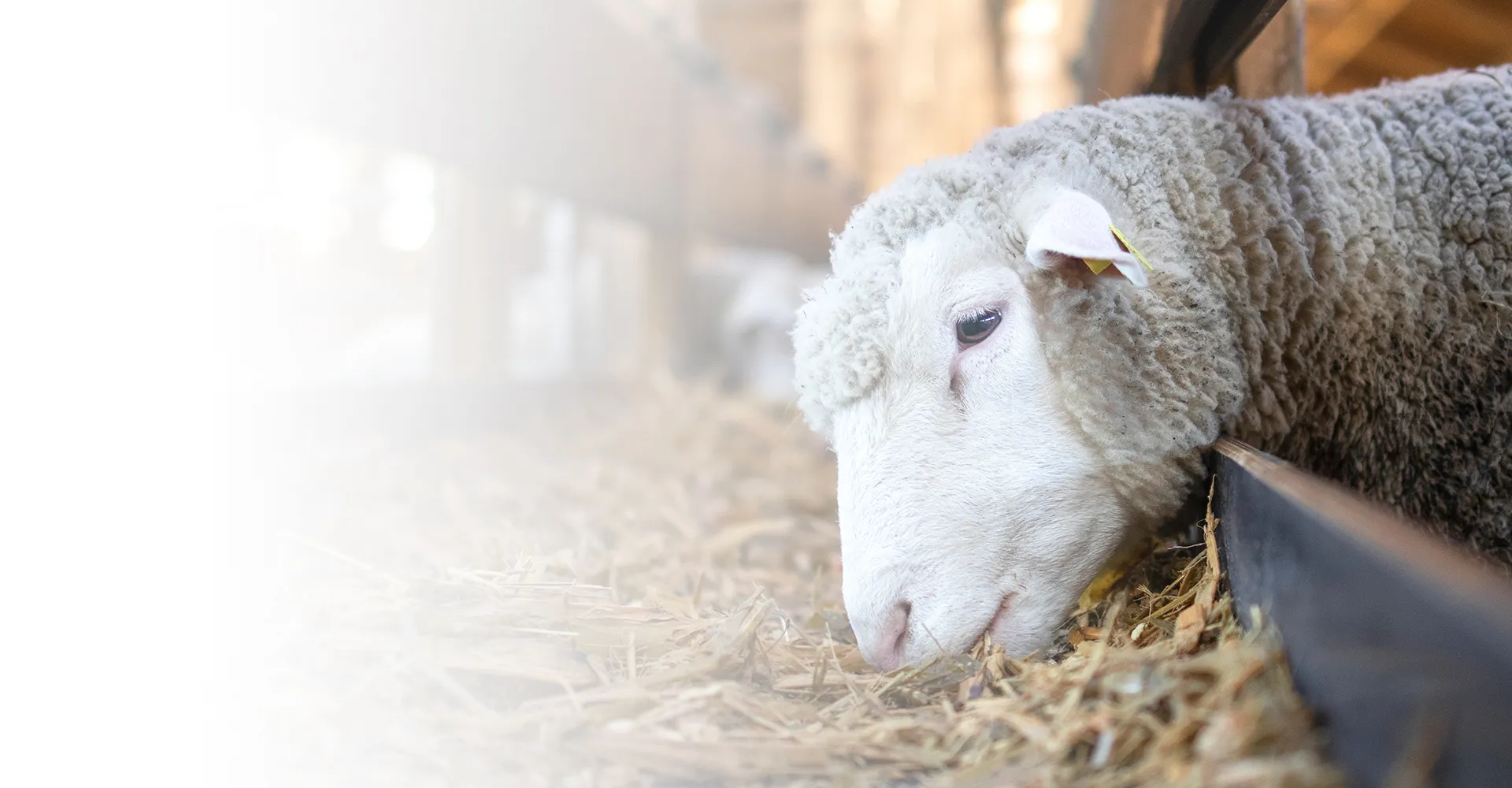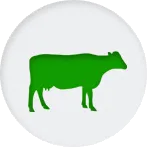If a goat shows signs of diarrhea, the first step is to assess its overall health. Check for signs of dehydration by performing the pinch test. Pinch the skin on the goat’s neck; if it does not return quickly, the goat may be dehydrated. Ensure access to clean, fresh water at all times. In mild cases, withholding food for 12 to 24 hours can help the digestive system rest and recover. After this period, introduce bland foods like hay or pelleted feed slowly.
goat with diarrhea treatment









